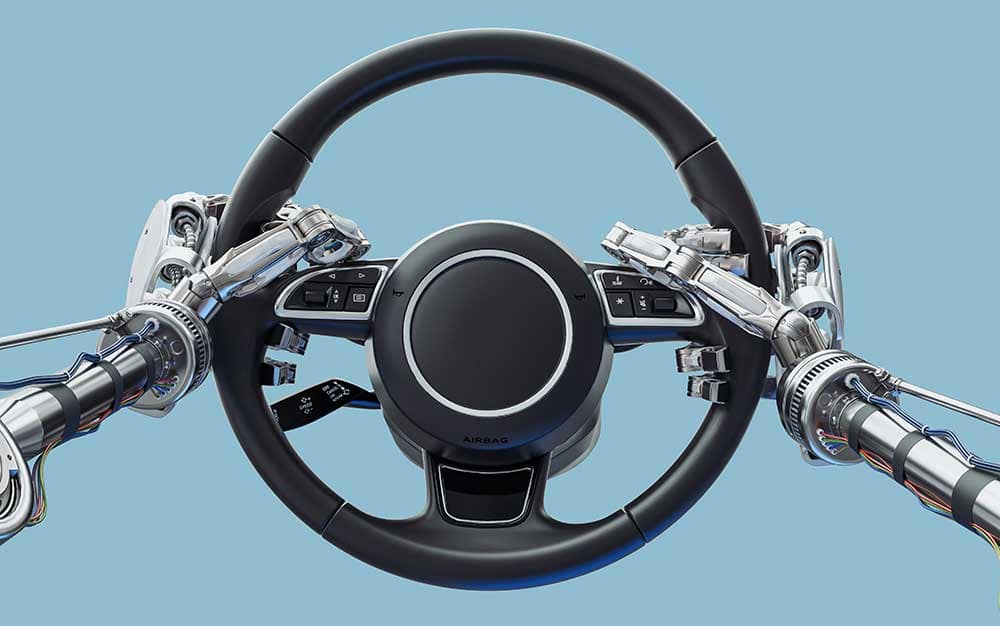Trying
to be prepared for a single moment is why your digital transformation is
failing, says the Industry X.0 lead at Accenture UKI

Confusing journey: businesses can struggle to get value from digital innovation
The current approach to digital transformation isn’t working for industrial companies. Every day there is a terrific – and terrifically disruptive – digital innovation, but businesses struggle to get value from investments in the internet of things (IoT), augmented and virtual reality (AR/VR), 3D printing, or whatever the next wonder coming around the corner may be.
Of course, very few companies can afford to ignore these innovations, and most are continually investing in trials and rollouts of whatever can make them smarter, faster and more efficient – pursuing what has begun to be called Industry 4.0. The results are frequently underwhelming.
In a recent Accenture survey of more than 1,000 industrial company executives, only 13pc said their companies are getting both cost-saving efficiencies and new growth from their investments in digital technologies.
So, what’s going wrong?
Don’t stop moving
If you are new to the term Industry 4.0, you are not the only one. Also known as the Fourth Industrial Revolution, it posits that we are entering an age as significant as that of water and steam, electronics, and information technology, which underpinned the first three such revolutions.
In the fourth, we will harness many complex, intelligent, interwoven technologies and unlock enormous potential in the connections made between the physical, the biological and the digital.
At Accenture, though, we do not like the term 4.0. Organisations continue to get caught out by change, investing in approaches piecemeal as they attempt to do the right thing.
In reality, they must set themselves up for continual disruption going forward. As such, they should set themselves up for X.0.
Getting flexible
But if digital technologies are to live up to their promise, what is needed is coordination and combination: a wide variety of customer-oriented, seamlessly connected technologies that enable an end-to-end digital supply chain, from design to post-market.
The solution in how to achieve this lies in the way in which companies invest in technology. What is required is a framework for rapidly absorbing all future technological disruption, and benefiting from change as soon as possible.
For instance, a B2B manufacturer may today invest in an IoT solution to automate its production lines, but still be carrying out marketing and sales in a traditional, analogue way.
Compare this to a system that could monitor social media chatter to spot the need for a product recall, or review current news and regulatory documents to predict major changes to legislation and adapt products and services accordingly.
Whatever the future looks like, businesses need to be able to enable adaptive interactions between machines, customers and their workforce – however far apart they may appear to be.
They need to move beyond individual experiments with IT bundles or SMAC (social, mobile, analytics, cloud) stacks and instead combine digital technologies to drive both top-line and bottom-line growth.
It means making almost every component of your production self-monitoring, data-generating, and aware of its industrial context. It also means systems should be designed to learn and improve over time.
A perfect example of a company getting this right is the energy multinational Schneider Electric. Schneider generates huge amounts of data about production and consumption, using that data to closely monitor its equipment.
That intimate knowledge of individual machines can predict equipment failures well in advance, while the equipment itself can adapt to its environment on the go, reducing overall downtime and improving the service for Schneider’s clients.
Hard work, but worth it
Successes like this are driven by the cumulative benefits of a smart, hi-tech approach to investment.
Accenture’s Combine and Conquer research found that combining technologies such as AR/VR, big data, machine learning, mobile computing, autonomous vehicles and autonomous robots can save large businesses an average £60,000 per employee or help companies gain additional market capitalisation of just over £4.2bn on average.
So is it worth the investment? In the UK, additive manufacturing, artificial intelligence and automation and robotics stand to contribute £454bn to industry over the next decade; a figure that can’t be ignored, I’m sure you’ll agree.

 Previous page
Previous page Back to top
Back to top







